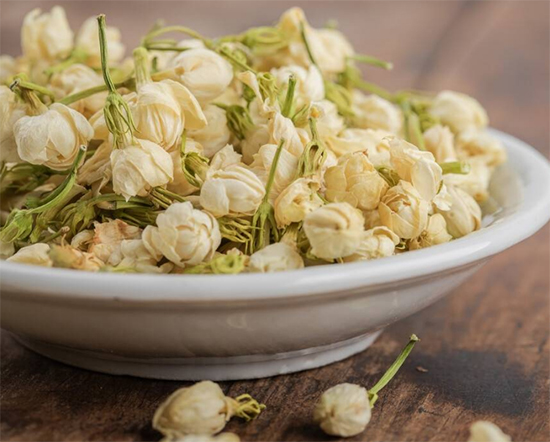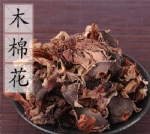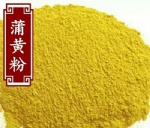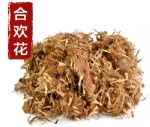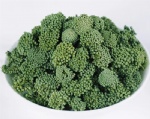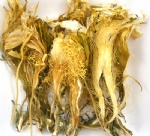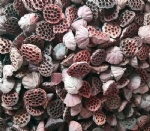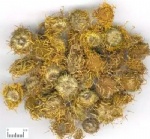
|
KWOK SHING HONG |
|
|||
Products CategoryContact Us
Add: China |
FLOS JASMINI SAMBACProduct name : FLOS JASMINI SAMBAC Item : GMP Details :Jasmine is the collective name for evergreen shrubs or vines of the genus Jasmine in the family Osmanthus family. Jasmine is also called Xianghun, Moli, Moli, Moli, Moli, Moli, Moli, and pear flower. It is native to India and Pakistan. It has been introduced and widely planted in China. Jasmine likes a warm, humid and sunny environment. Its leaves are emerald green, its flowers are white in color, and its aroma is strong. It is the most common aromatic potted plant. In the jasmine genus, the most famous one is the double-petal jasmine, which is commonly known as jasmine. Jasmine has good health care and beauty effects, can be used for diet, and can be used for making jasmine tea. Jasmine is the national flower of the Philippines, Tunisia and Indonesia, symbolizing love and friendship. . Jasmine is an evergreen shrub or vine-like shrub, up to 1 meter high. Branches slender, branchlets angular, sometimes hairy, slightly vine-like. The single leaves are opposite, bright, broadly ovate or elliptical, with obvious veins, slightly wrinkled leaves, short petioles curved upwards, and pubescent. In early summer, new shoots are extracted from leaf axils, terminal cymes, terminal or axillary, with 3-9 flowers, usually three to four, white corolla, very fragrant. The flowering period of most varieties is from June to October, and blooms continuously from early summer to late autumn. The deciduous type blooms in winter, and the flowering period is from November to March of the next year. Jasmine is originally produced in the Jiangnan region and the western region of China; in India and Arabia, the central production area is near the Persian Gulf, and it is now widely planted in subtropical regions. It is mainly distributed in Iran, Egypt, Turkey, Morocco, Algeria, Tunisia, and countries along the Mediterranean Sea such as Spain, France, and Italy, and is cultivated in India and Southeast Asian countries. The yield and quality of jasmine flowers in Heng County in the southeast of Guangxi Zhuang Autonomous Region rank first in the country. Jasmine blooms in late spring and early summer every year, and can be divided into single petals, double petals, single leaves and compound leaves. There are two kinds of flower colors, red and white, mainly milky white flowers. Jasmine has an elegant fragrance and can be used to make jasmine tea, extract spices, etc. Jasmine likes warmth and humidity, and grows best in a well-ventilated, semi-shady environment. The soil is most suitable for slightly acidic sandy soil containing a lot of humus. Most varieties are afraid of cold and drought, and are not tolerant to frost, wetness and alkaline soil. When the temperature in winter is lower than 3°C, the branches and leaves are vulnerable to freezing damage, and will die if it lasts for a long time. The deciduous vines are very cold and drought tolerant. Jasmine can be used as tea or traditional Chinese medicine. Jasmine flower can extract jasmine oil, and the main components in the oil are benzyl alcohol and its esters, jasmone, linalool, and linaloyl benzoate. The roots contain alkaloids and sterols. Animal experiments have shown that jasmine alcohol infusion can significantly reduce the spontaneous activity of mice; it can prolong the sleep time of mice induced by cyclohexabarbital; it can reduce the ability of mice to move passively. Therefore, it can be considered that jasmine root has an inhibitory effect on the central nervous system. Jasmine flowers, leaves and roots can be used medicinally. Generally, the roots are dug after autumn, sliced and dried in the sun for later use; flowers are collected in summer and autumn, and dried for later use. It has the effects of pungent, sweet, cool, clearing away heat and detoxification, and promoting dampness. Jasmine also has the value of dietotherapy. Jasmine is also called pear flower, naihua, fragrant flower, etc. Drinking jasmine often can clear the liver and improve eyesight, prolong life, and make people healthy physically and mentally. Edible methods include jasmine scrambled eggs, jasmine winter melon soup, jasmine honey bean curd slices, wolfberry jasmine chicken, jasmine porridge, jasmine tofu, jasmine white fungus soup, etc. Jasmine language: 1. To express loyalty and respect. 2. Pure, chaste, simple, exquisite. 3. Charming. 4. You are my life. Barcode: GMP Ingredients: Jasmine Specifications: 16oz (454g) Efficacy: regulating qi and neutralizing, dispelling stagnation and eliminating filth. Cure mainly diarrhea and abdominal pain, conjunctival congestion and swelling pain, sores, swelling and poisoning. Send Inquiry : |
Home
|
About Us
|
Products
|
News
|
Feedback
|
Contact Us
|
SiteMap
Copyright © 2025 KWOK SHING HONG All Rights Reserved
Copyright © 2025 KWOK SHING HONG All Rights Reserved






 KWOK SHING HONG
KWOK SHING HONG  FLOWERS
FLOWERS 